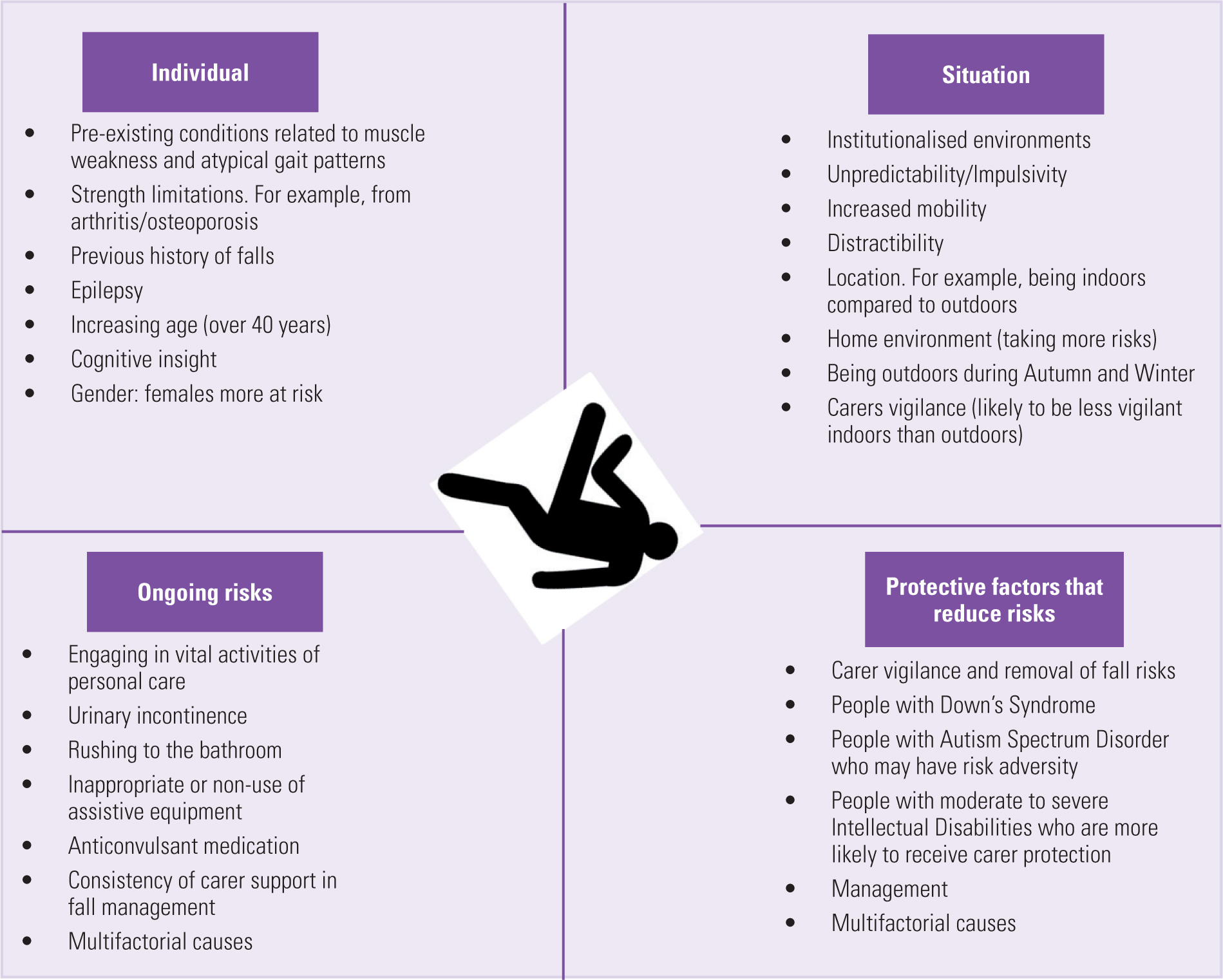Dementia Fall Risk - Questions
Dementia Fall Risk - Questions
Blog Article
The Definitive Guide to Dementia Fall Risk
Table of ContentsThe Basic Principles Of Dementia Fall Risk Examine This Report on Dementia Fall Risk5 Simple Techniques For Dementia Fall RiskWhat Does Dementia Fall Risk Mean?
An autumn danger evaluation checks to see just how most likely it is that you will drop. The assessment generally consists of: This consists of a collection of questions about your overall wellness and if you have actually had previous falls or troubles with balance, standing, and/or strolling.Interventions are recommendations that may reduce your risk of dropping. STEADI consists of three actions: you for your threat of falling for your danger variables that can be improved to attempt to avoid drops (for instance, balance issues, damaged vision) to reduce your danger of dropping by making use of effective techniques (for instance, giving education and learning and resources), you may be asked a number of concerns consisting of: Have you fallen in the past year? Are you fretted regarding dropping?
Then you'll rest down once again. Your supplier will check for how long it takes you to do this. If it takes you 12 seconds or even more, it may indicate you go to higher danger for an autumn. This examination checks stamina and equilibrium. You'll rest in a chair with your arms crossed over your breast.
Relocate one foot midway forward, so the instep is touching the huge toe of your various other foot. Relocate one foot totally in front of the various other, so the toes are touching the heel of your various other foot.
Fascination About Dementia Fall Risk
A lot of falls occur as a result of several adding factors; for that reason, managing the danger of dropping starts with determining the variables that add to drop threat - Dementia Fall Risk. Several of one of the most relevant threat variables consist of: History of prior fallsChronic medical conditionsAcute illnessImpaired stride and balance, reduced extremity weaknessCognitive impairmentChanges in visionCertain risky medicines and polypharmacyEnvironmental aspects can additionally increase the threat for drops, including: Poor lightingUneven or harmed flooringWet or slippery floorsMissing or harmed hand rails and get hold of barsDamaged or poorly fitted devices, such as beds, wheelchairs, or walkersImproper use assistive devicesInadequate guidance of individuals residing in the NF, including those who display aggressive behaviorsA successful fall threat management program needs a thorough scientific evaluation, with input from all participants of the interdisciplinary team

The care plan ought to also consist of interventions that are system-based, such as those that promote a safe atmosphere (appropriate lighting, hand rails, get bars, etc). The efficiency of the interventions should be assessed periodically, and the treatment plan changed as required to show adjustments in the loss danger evaluation. Applying an autumn risk management system using evidence-based best practice can reduce the prevalence of drops in the NF, while limiting the possibility for fall-related injuries.
The Greatest Guide To Dementia Fall Risk
The AGS/BGS guideline advises screening all grownups aged 65 years and older for loss threat annually. This testing contains asking people whether they have actually dropped 2 or even more times in the previous year or looked for clinical focus for a fall, or, if they have not fallen, whether they feel unstable when strolling.
People who have get redirected here fallen as soon as without injury should have their balance and stride reviewed; those with gait or balance abnormalities need to get extra analysis. A background of 1 autumn without injury and without stride or balance issues does not call for additional evaluation past continued yearly fall threat testing. Dementia Fall Risk. An autumn danger analysis is needed as part of the Welcome to Medicare evaluation

10 Simple Techniques For Dementia Fall Risk
Documenting a falls history is one of the quality indications for autumn avoidance and management. An important part get redirected here of danger evaluation is a medicine evaluation. A number of classes of drugs boost loss danger (Table 2). copyright medications particularly are independent predictors of drops. These drugs often tend to be sedating, change the sensorium, and impair equilibrium and gait.
Postural hypotension can often be minimized by reducing the dosage of blood pressurelowering medications and/or stopping medicines that have orthostatic hypotension as a negative effects. Use above-the-knee support tube and copulating the head of the bed boosted may additionally minimize postural reductions in blood stress. The preferred aspects of a fall-focused health check it out examination are shown in Box 1.

A Pull time better than or equal to 12 secs recommends high loss threat. Being unable to stand up from a chair of knee height without utilizing one's arms shows increased fall risk.
Report this page